The age of our universe.
What is 13-14 billion years old?
Galaxies are classified by this property.
What is shape?
The age of our solar system.
What is 4.6 billion years old?
Planet with the shortest day.
What is Jupiter?
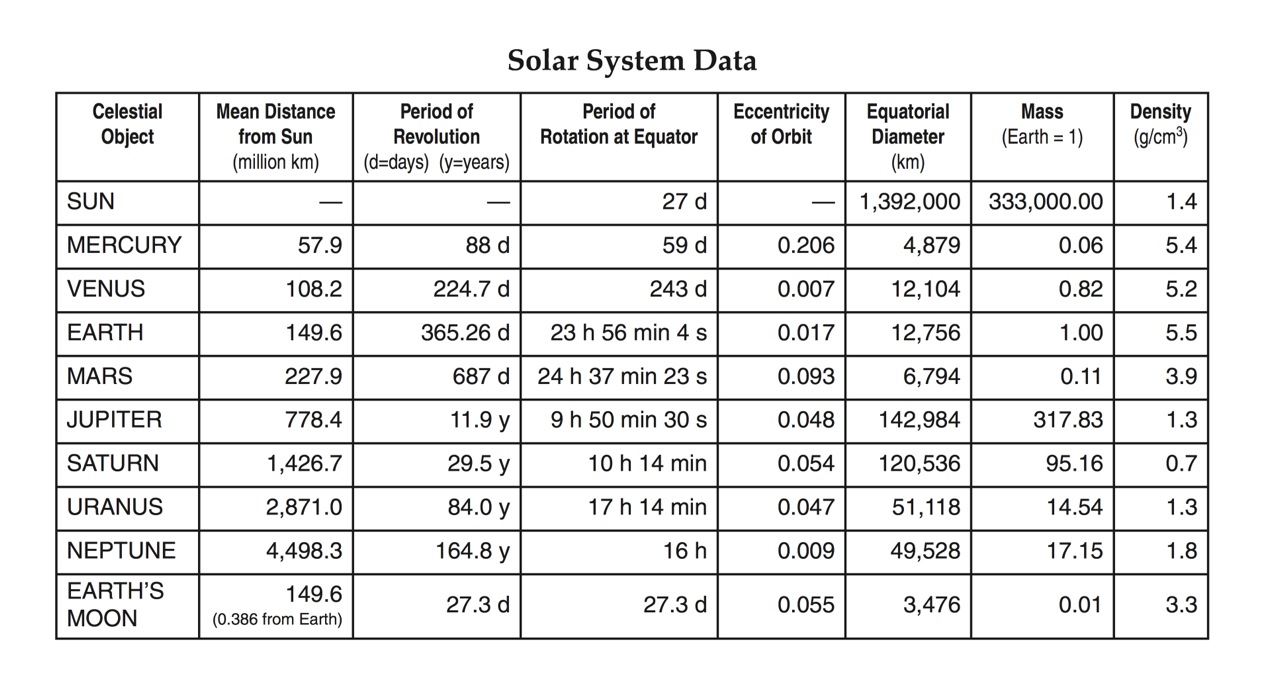
The name of this moon phase.
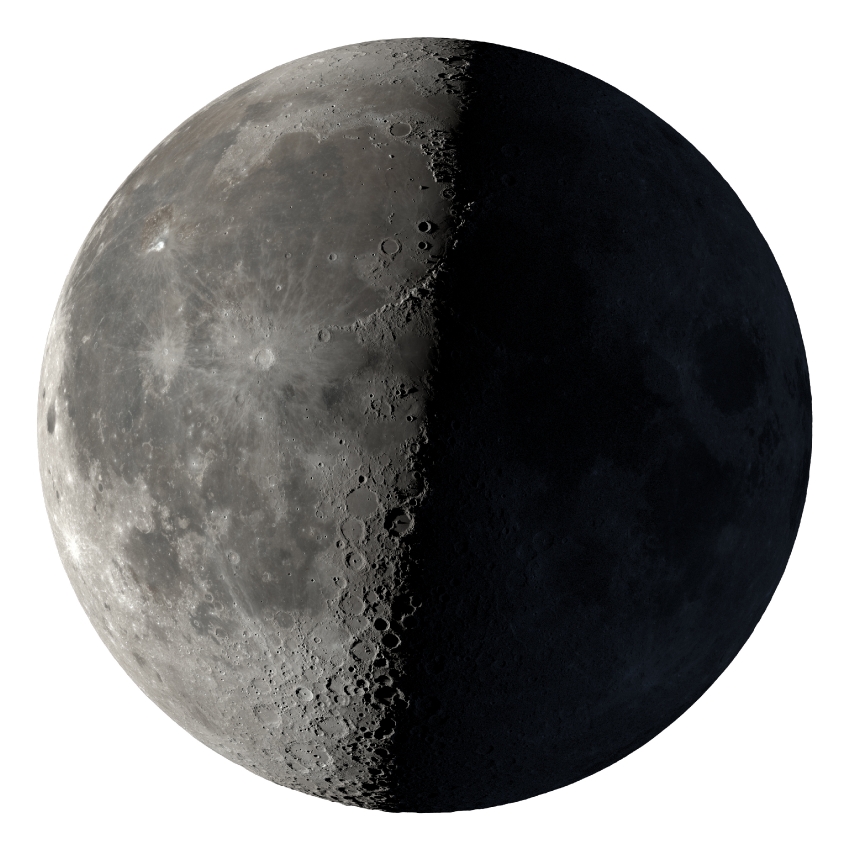
What is third/last quarter moon?

The oldest light found all over the universe.
What is cosmic microwave background radiation?
The force that holds everything together in a galaxy.
What is gravity?
Dense, rocky, and smaller planets that are closest to the Sun.
What are terrestrial planets?
The time it takes Mercury to complete its orbit twice.
What is 176 days?
Solution:Period of Revolution = 88 d
88 x 2 = 176 d
The Moon phase at position 4.

What is waning gibbous?
Represented by letter D.

What is wavelength?
The process by which stars generate energy.

A frozen ball of gas and dust that orbits the Sun.
What is a comet?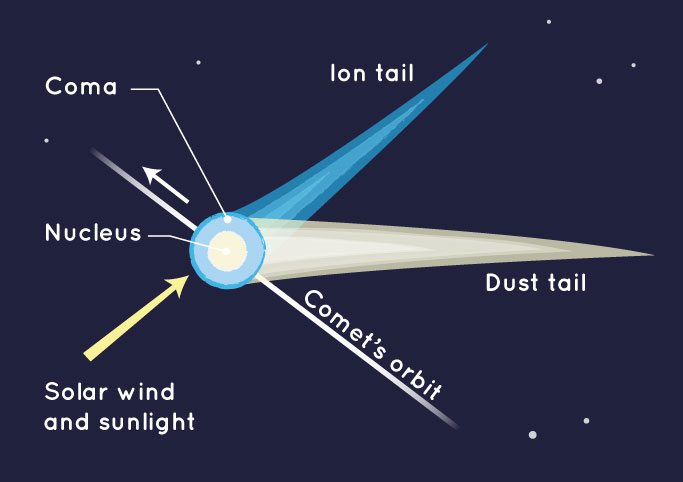
Planet with the most circular orbit.
What is Venus?

A neap tide occurs during these 2 moon phases.
What are first quarter and 3 quarter moons?
Visible light with the LOWEST frequency.
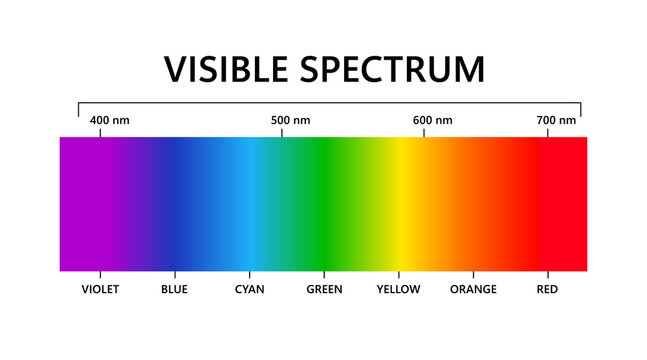
What is red?

The next life stage for Pollux.

What is white dwarf?
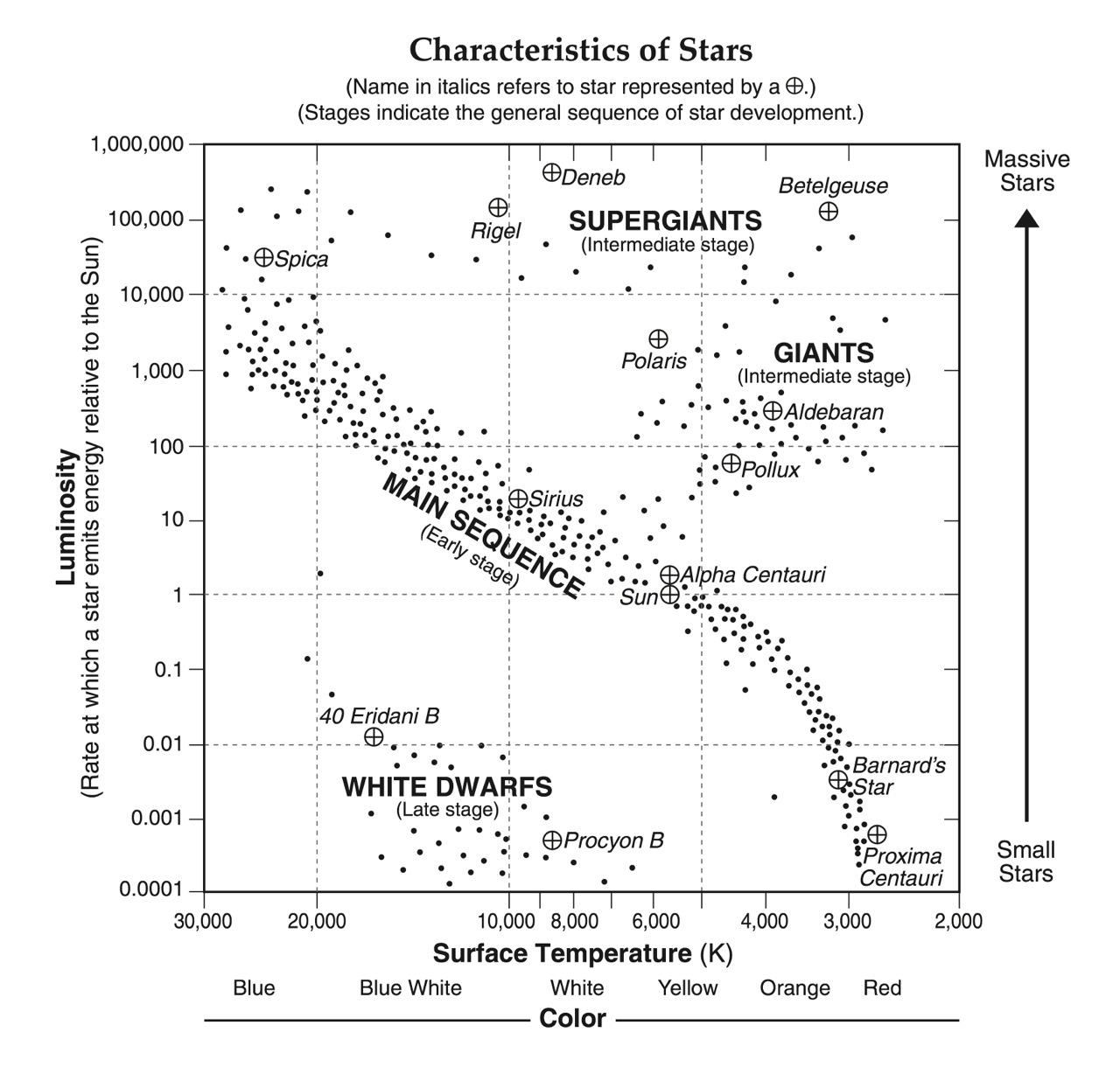
What are distance and mass?
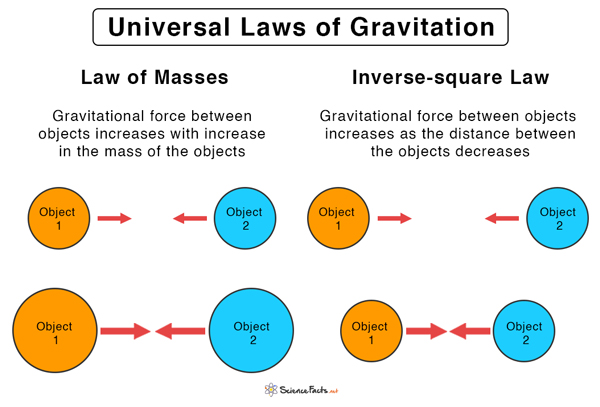
The angle by which Earth's rotational axis is tilted.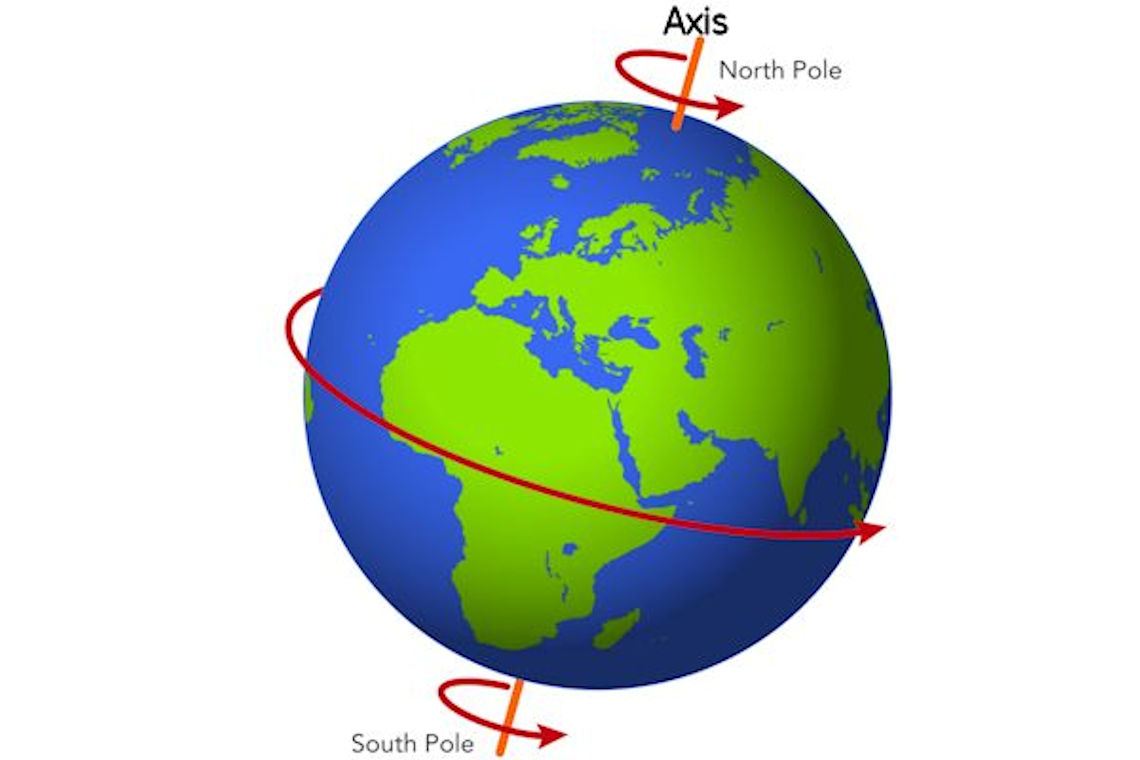
What is 23.5 degrees?

This type of eclipse occurs during a full Moon.
What is lunar eclipse?
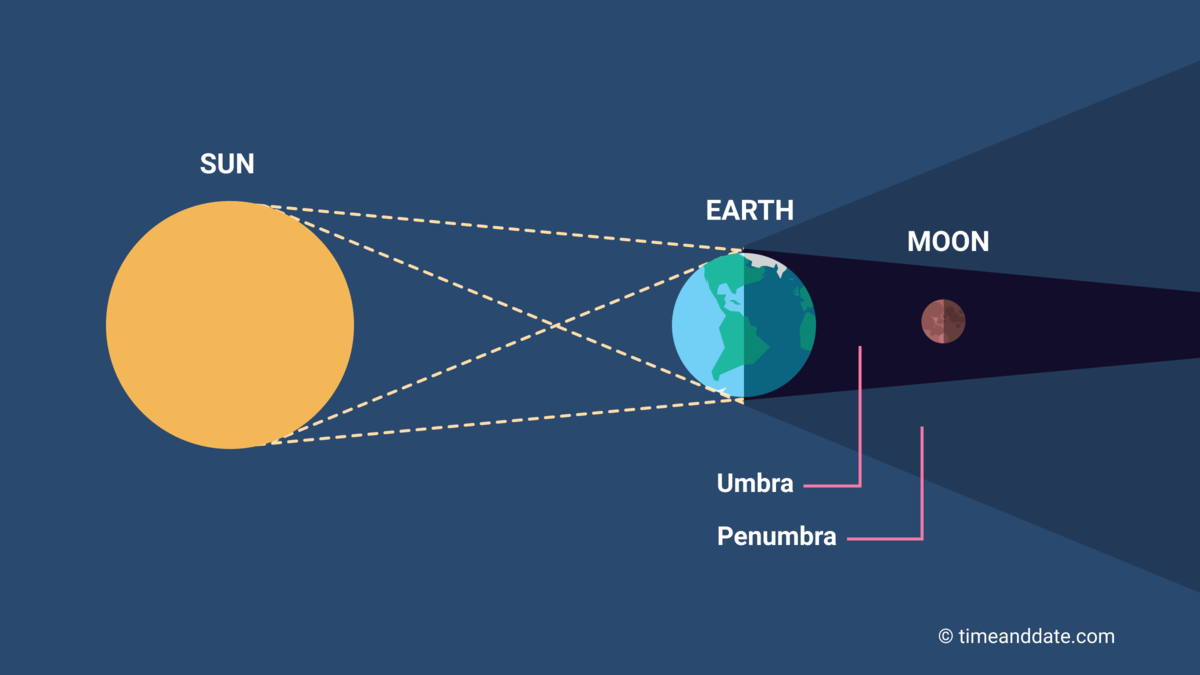
The phrase that is used to describe the stretching of light from distant galaxies as the galaxies move away from Earth.
What is red shift?
A yellow star with a luminosity of 100,000 times the Sun's is most likely in this life stage.
What is supergiant?

The number of kilometers in 1 astronomical unit (AU).
What is 149.6 million kilometers?

The season experienced by NYC (located in the northern half of the Earth) when the earth is in this position in relation to the Sun.

What is winter?

The amount of time it takes the Moon to complete 1 lunar cycle (all phases of the moon).
What is 29.5 days?
